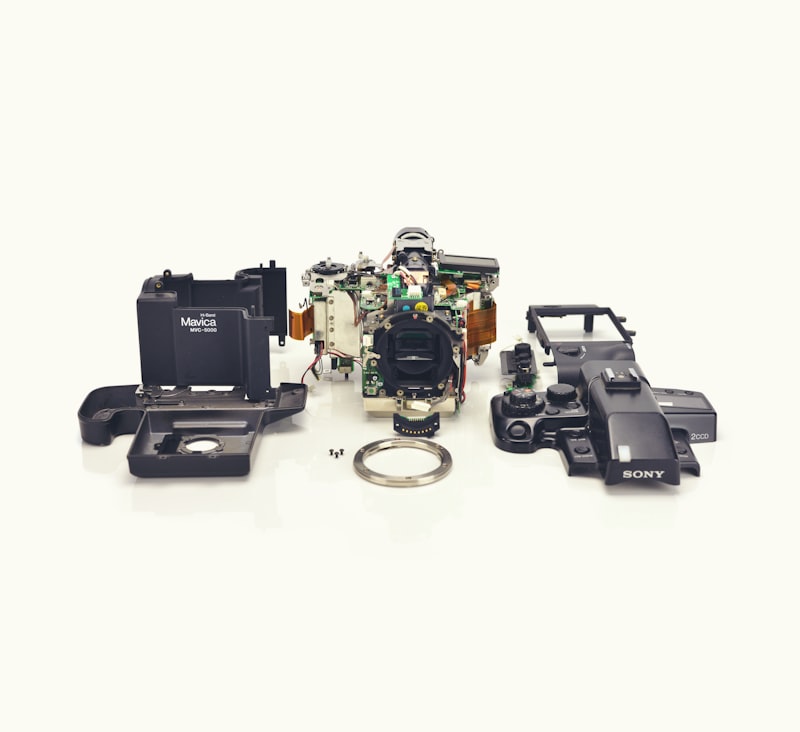First things first, before you roll up your sleeves, make sure you have the right tools handy. You’ll typically need a replacement wiper blade, a flathead screwdriver, and possibly some cleaning solution and a rag if your wiper arms need a good wipe-down.
Step one, assess the situation. Are your wipers streaking, squeaking, or not moving smoothly across the windshield? It might just be a case of worn-out blades. Lift the wiper arm away from the windshield (carefully, mind you) and inspect the blade. If it looks cracked, torn, or dried out, it’s time for a swap.
Step two, remove the old blade. Most blades have a small tab or lever that you can press to release the blade from the arm. Once detached, dispose of the old blade properly.

Step three, install the new blade. Line up the new blade with the arm, making sure it’s securely in place. You should hear a satisfying click when it locks into position.
Step four, test it out. Lower the wiper arm gently back onto the windshield and turn on your wipers. Marvel at how smoothly they glide across the glass now, clearing away raindrops and debris with ease.
If your wipers still aren’t performing up to par, it might be time to clean the wiper arm itself. Sometimes dirt and grime can build up on the arm, causing it to stick or move unevenly. Use a bit of cleaning solution and a rag to wipe down the arm thoroughly.
And there you have it, a quick and painless way to fix your car’s windshield wipers. Now you’re ready to take on whatever Mother Nature throws your way, whether it’s a drizzle or a downpour.
Master Your Mechanics: A Foolproof Guide to Fixing Car Windshield Wipers
Imagine cruising down the highway amidst a sudden downpour, only to find your windshield wipers failing you. It’s a scenario that can turn any drive into a daunting experience. But fear not! Mastering the mechanics of fixing car windshield wipers is easier than you think.
Firstly, let’s diagnose the issue. Are your wipers streaking, squeaking, or simply not moving? Often, the problem lies with either the wiper blades themselves or the wiper motor. Start by inspecting the blades for any visible damage or wear. Over time, rubber blades can deteriorate, leading to ineffective wiping. If they look worn out, it’s time for a replacement.
Next, check the wiper fluid levels. Sometimes, a simple refill can improve the wiper’s performance dramatically, especially if it’s been a while since your last top-up. Ensure the fluid is designed for all-season use to prevent freezing in colder temperatures.
If the blades and fluid are fine, the issue might be with the wiper arms or the motor. Occasionally, wiper arms can become loose or bent, causing irregular movement. Tighten any loose bolts and ensure the arms are properly aligned. If they’re bent, gently reshape them to restore proper contact with the windshield.
For more complex issues like a malfunctioning motor, it’s best to consult a professional mechanic. They have the tools and expertise to diagnose electrical faults and replace components if needed. Remember, safety first! Always park your car in a safe location and turn off the ignition before inspecting or repairing wipers.
By mastering these simple mechanics, you’ll be equipped to handle most windshield wiper issues with ease. With regular maintenance and prompt repairs, you can ensure clear visibility in any weather condition. Don’t let a minor wiper problem rain on your parade—take charge and keep cruising smoothly.
DIY Car Care: Essential Steps for Repairing Windshield Wipers
Maintaining your car doesn’t always require a trip to the mechanic. When it comes to your windshield wipers, a bit of DIY care can go a long way in ensuring clear visibility during rainy days. Let’s delve into the essential steps for repairing windshield wipers on your own.
Firstly, assess the issue. Are your wipers leaving streaks or making unusual noises? This could indicate worn-out blades or a loose connection. Start by lifting the wiper arm away from the windshield and inspecting the rubber blade. Look for any cracks, tears, or signs of wear. If the blade looks worn, it’s time for a replacement.
Next, gather your tools. You’ll typically need new wiper blades, a screwdriver (depending on your wiper model), and possibly some cleaning solution. Most replacement blades come with simple instructions for installation, making it a straightforward process. Align the new blade with the arm, ensuring it clicks securely into place.
If the issue lies beyond the blades, check the wiper arm and its connection to the motor. Over time, these can become loose or corroded, affecting the wiper’s performance. Tighten any loose bolts or screws and clean any corrosion with a rust remover. This simple maintenance can significantly extend the life of your wipers.
Lastly, test your newly repaired wipers. Turn them on and observe their movement across the windshield. They should move smoothly without any skipping or streaking. If everything looks good, congratulate yourself on a job well done!
DIY car care not only saves you money but also gives you a deeper understanding of your vehicle’s mechanics. By following these essential steps for repairing windshield wipers, you can ensure safer driving conditions, especially during inclement weather. Remember, a clear view of the road ahead starts with well-maintained wipers.
No More Rain Delays: How to Easily Fix Your Car’s Windshield Wipers
Imagine driving through a downpour, and suddenly, your windshield wipers refuse to cooperate. It’s a frustrating scenario many drivers have faced. Fortunately, fixing your car’s windshield wipers doesn’t have to be daunting. With a few simple steps, you can ensure clear visibility even in the heaviest rain.
Firstly, check the wiper blades themselves. Over time, blades can wear out or become cracked, leading to ineffective wiping. Look for any signs of damage such as streaks or missed spots on your windshield. If you notice these issues, it’s likely time to replace the blades.
Replacing wiper blades is easier than you might think. Most blades can be easily snapped off and replaced with new ones. Ensure you select the correct size for your vehicle, as blades vary in length depending on the make and model.

Next, examine the wiper arms and ensure they are securely attached to the windshield. Sometimes, wiper arms can become loose or bent, causing them to not make proper contact with the glass. Gently adjust them if needed to ensure they press firmly against the windshield during operation.
Additionally, check the windshield wiper fluid reservoir. Properly functioning wipers are only effective when paired with clean windshield wiper fluid. Refill the reservoir if it’s low and consider using a winter-grade fluid if you live in a cold climate to prevent freezing.
By regularly maintaining your car’s windshield wipers, you can avoid sudden visibility issues during adverse weather conditions. Remember, clear visibility is crucial for safe driving, so take the time to inspect and maintain your wipers periodically. With these simple steps, you’ll be prepared to tackle rainy days without any delays.
Step Up Your Car Maintenance: Repairing Windshield Wipers Made Simple
Repairing windshield wipers doesn’t have to be daunting. In fact, with a few simple steps, you can ensure they perform optimally whenever you need them. First, assess the condition of your wiper blades. Are they leaving streaks or making unusual noises? These are signs that they might need attention.
Start by lifting the wiper arm away from the windshield. This allows easier access to the blade itself. Inspect the rubber edge – if it looks worn or cracked, it’s time for a replacement. Many auto stores offer replacement blades that are easy to install and fit a wide range of vehicles.
If your blades are in good condition but not clearing the windshield effectively, they might just need a good cleaning. Wipe the rubber edge with a damp cloth and a bit of windshield washer fluid to remove dirt and debris that could be affecting their performance.
Sometimes, the issue lies not with the blades themselves but with the wiper arms or the wiper fluid system. Check the arms for any signs of corrosion or damage, and ensure they move smoothly across the windshield. If the wiper fluid isn’t spraying properly, it could be a clogged nozzle – use a pin to clear any obstructions.
Regularly maintaining your windshield wipers ensures clear visibility in all weather conditions, enhancing both safety and driving comfort. By taking these simple steps, you can extend the life of your wipers and drive with confidence, no matter what Mother Nature throws your way.
Frequently Asked Questions
How do I troubleshoot windshield wipers that aren’t working
Learn how to troubleshoot non-working windshield wipers effectively with clear, concise steps.
How often should windshield wipers be replaced
Learn how frequently to replace your windshield wipers for optimal visibility and safety on the road.
What are the steps to adjust windshield wiper blades for optimal performance
Learn how to adjust windshield wiper blades for optimal performance with these essential steps.
Can I replace windshield wipers myself, or do I need a professional
Learn how to replace windshield wipers yourself with our step-by-step guide. Save time and money by following our expert tips on choosing the right wipers and installing them correctly. No need to hire a professional!
What tools do I need to replace windshield wipers
This FAQ provides a concise guide on the essential tools needed to replace windshield wipers efficiently. It outlines the specific tools required for the task, ensuring you have everything necessary before starting.


